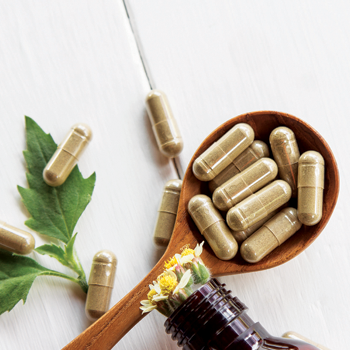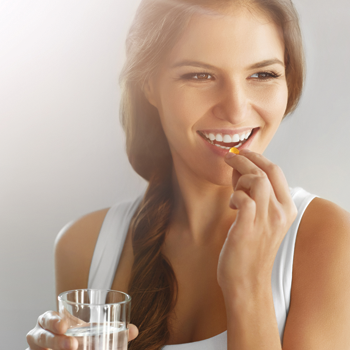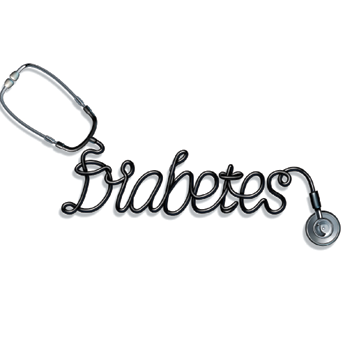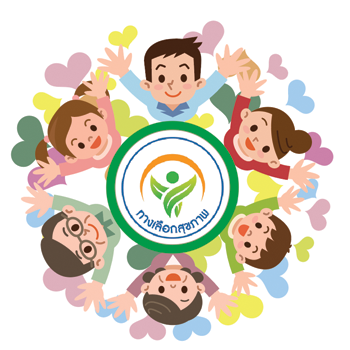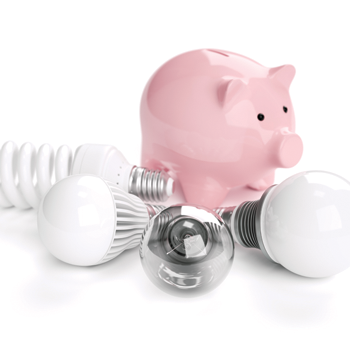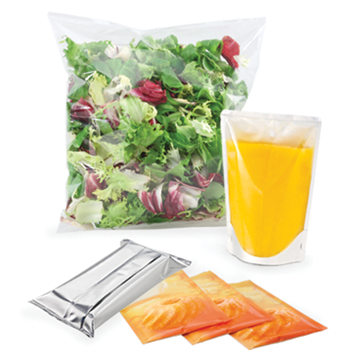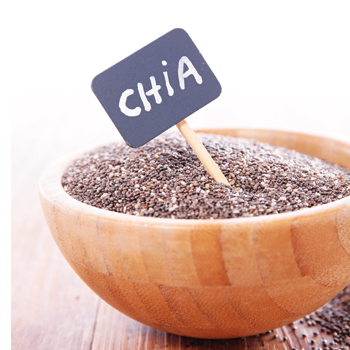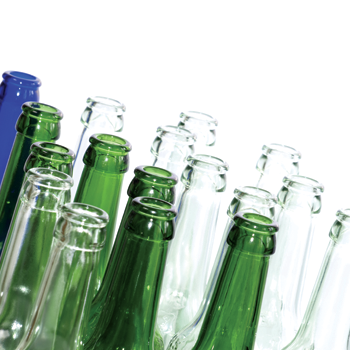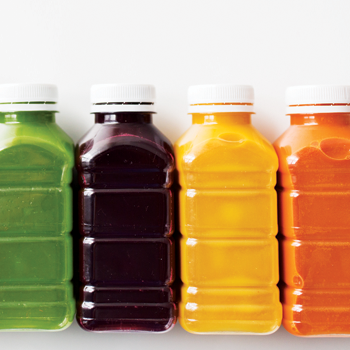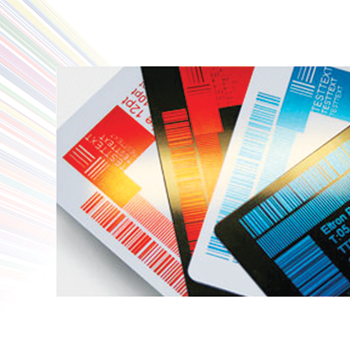3 กลยุทธ์หลักกับทางรอดธุรกิจผลิตภัณฑ์เสริมอาหารในอนาคต
โดย/By: นริศร์ธร ตุลาผล
Narithtorn Tulaphol
Economic Intelligence Center (EIC)
Siam Commercial Bank Public Company Limited
ความต้องการของผู้บริโภคที่เปลี่ยนแปลงไปและการก้าวเข้าสู่สังคมผู้สูงอายุในอีก 15 ปี ข้างหน้า ส่งผลให้แนวโน้มการเติบโตของธุรกิจผลิตภัณฑ์เสริมอาหารในไทยอาจไม่สดใสเหมือนในช่วงที่ผ่านมา ทั้งนี้ อีไอซีมองว่าผู้ประกอบการในธุรกิจนี้จำเป็นต้องปรับตัวเพื่อรับมือกับความท้าทายดังกล่าว ผ่าน 3 กลยุทธ์หลัก ได้แก่ 1) นำเสนอสินค้าที่สอดรับกับความต้องการของกลุ่มผู้สูงอายุ 2) พัฒนาผลิตภัณฑ์เสริมอาหารจากสมุนไพรหรือสารสกัดจากธรรมชาติที่มีความปลอดภัย และ 3) พัฒนาผลิตภัณฑ์เสริมอาหารเฉพาะบุคคล
แม้ตลาดผลิตภัณฑ์เสริมอาหารจะยังขยายตัวได้ดีในช่วง 10-15 ปี ข้างหน้า แต่แนวโน้มการเข้าสู่สังคมผู้สูงอายุอย่างเต็มรูปแบบตั้งแต่ปี 2573 เป็นต้นไป และความต้องการของผู้บริโภคที่เปลี่ยนไป จะส่งผลให้ตลาดผลิตภัณฑ์เสริมอาหารในไทยมีมูลค่าตลาดลดลงเฉลี่ยราวร้อยละ 8 ต่อปี แม้ว่าในช่วงปี 2558-2573 ตลาดผลิตภัณฑ์เสริมอาหารในไทยจะยังคงมีแนวโน้มเติบโตได้ดีต่อเนื่องราวร้อยละ 7 ต่อปี โดยได้รับปัจจัยสนับสนุนจากกระแสรักสุขภาพ รายได้ประชากรที่สูงขึ้น และการขยายตัวของช่องทางค้าปลีกสมัยใหม่ อย่างไรก็ดี อีไอซีพบว่าตั้งแต่ปี 2573 เป็นต้นไป มูลค่าตลาดผลิตภัณฑ์เสริมอาหารในไทยจะเริ่มมีขนาดเล็กลงจากการเข้าสู่สังคมผู้สูงอายุ โดยจากผลสำรวจของอีไอซีเกี่ยวกับพฤติกรรมการบริโภคผลิตภัณฑ์เสริมอาหารและพืชสมุนไพรในยุคปัจจุบัน พบว่ากลุ่มผู้บริโภคช่วงอายุเกิน 50 ปี ให้เหตุผลว่าผลิตภัณฑ์เสริมอาหารในปัจจุบันส่วนใหญ่ไม่มีประสิทธิภาพ ทำให้หยุดบริโภคและหันไปหาวิธีอื่นในการดูแลสุขภาพแทน เช่น ออกกำลังกายบ่อยขึ้น และปรับเปลี่ยนพฤติกรรมการรับประทานอาหาร เป็นต้น ประกอบกับกระแสจากธรรมชาติ และความต้องการสินค้าที่มีความเฉพาะเจาะจงมากขึ้น (Personalized) ซึ่งสะท้อนให้เห็นว่าสินค้าที่มีในตลาดปัจจุบันไม่ตอบโจทย์ผู้บริโภคกลุ่มนี้อีกต่อไป โดยอีไอซีมองว่าหากผู้ประกอบการไม่มีการปรับกลยุทธ์ทางธุรกิจ จะส่งผลให้มูลค่าตลาดผลิตภัณฑ์เสริมอาหารในอีก 15 ปี ข้างหน้าลดลงเฉลี่ยร้อยละ 8 ต่อปี (รูปที่ 1) ดังนั้น อีไอซีแนะผู้ประกอบการปรับตัวรับมือกับความท้าทายดังกล่าวด้วย 3 กลยุทธ์หลัก ได้แก่
With changing consumer preferences and an aging society in the next 15 years, growth prospects for the dietary supplements market in Thailand may not be as bright as before. EIC recommends three strategies for businesses to sail through these upcoming challenges, namely 1) tailor products to the elderly, 2) develop supplements based on herbs or natural extracts, and 3) offer personalized supplements.
Dietary supplement market is expected to expand significantly in the next 10-15 years; however, as Thailand turns into a complete aging society by 2030 and consumer demands change, the market for food supplements will shrink by an average of 8% a year. Though the dietary supplements market in Thailand during 2015-2030 has been thriving by average growth of 7% a year, thanks to health and wellness trends, rising incomes, and modern retail channels. However, EIC finds that from 2030 onwards, market values will begin to shrink as the population ages. Our survey reveals that consumers whom ages over 50 years, tend not to believe in the effectiveness of supplement consumption, and many who have tried them do not notice any obvious benefits and choose other ways to take care of their health, including more exercise or improved dietary habits. Meanwhile, demanding more natural extract products and more personalized products are significantly growing a trend. As we can see, the existing supplements products will no longer satisfy the future. If businesses do not change strategies, EIC expects the value of the dietary supplements market to shrink by 8% on average over the next 15 years (Figure 1). Thus, EIC recommends the following three strategies be adopted to meet these challenges.
